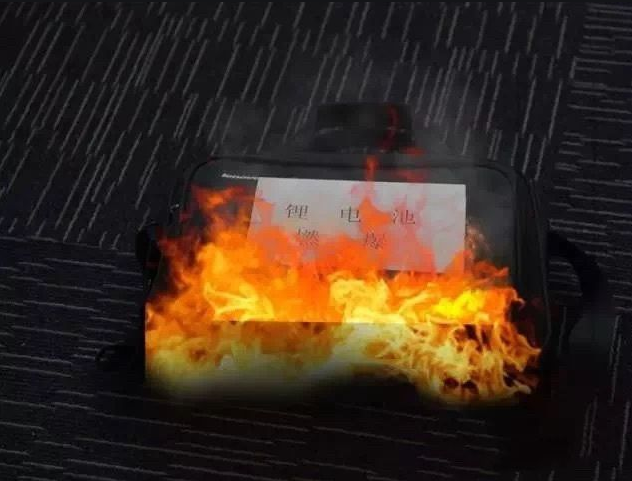Hello, welcome to Muyao Technology
- muyaokeji@163.com
- 15822855000
Contact: 15822855000
022-26971751
400 1898 959
Company Address: Tsing Hua University Park Headquarters, Beichen District, Tianjin
Lithium battery fireRelated research progress
Lithium battery technology overview
Lithium battery is a high-performance rechargeable battery that relies on lithium ions to move between the positive and negative electrodes to complete and discharge. Lithium ion batteries are different from "lithium batteries"
(Lithium battery), the anode material of the latter is manganese dioxide or thionyl chloride, and the anode is lithium. After the battery is assembled, it can store electrical energy without charging. Lithium crystals are easily formed during the charge-discharge cycle, causing a short circuit in the battery, and charging is generally prohibited. Therefore, lithium-ion batteries should not be referred to as "lithium batteries" for short.
The idea of using lithium for discharge originated from the 19th century American inventor Edison, who proposed the oxidation-reduction reaction. However, due to the active chemical properties of lithium, it has high requirements for processing, storage, and so the use time is not long. In the 1980s, Bell Laboratories successfully produced a usable lithium-ion graphite electrode rechargeable battery. In 1991, Sony released a commercial lithium-ion battery. Since then, lithium-ion battery technology has developed rapidly, due to its high energy density (the mass and volume are more than 50% less than the nickel-cadmium or nickel-hydrogen battery of the same capacity, and the energy density is 540 ~ 720 kJ/kg), high open circuit voltage, and single operation The voltage is 3.3~4.2V, which is equivalent to three Ni-Cd or Ni-MH batteries connected in series. It has the advantages of high output power (300 ~ 1500/kg), no pollution (no cadmium, lead, mercury, and other harmful heavy metal substances, etc.. High cycle life, no memory effect, fast charging, wide operating temperature range (-20~60) Etc. With the rapid development of electric vehicle technology, lithium-ion batteries have become an important power source for electric vehicles and hybrid vehicles. The current market scale of lithium-ion batteries is expected to expand by 20% every year. The global market scale of lithium-ion batteries will be It will reach 8 billion U.S. dollars in 2011 and 18 billion U.S. dollars in 2020.

Relying on scienceInnovation and Technologychange life
查看更多 >
Tianjin Muyao Technology Development Co., Ltd. is a company specializing in R&D, production, sales and brand strategic marketing services for fire protection products. The company cooperates closely with the Weapon Group and a number of well-known universities and research institutes. The core research field is the design and development of small space fire protection systems and products.查看更多 >
Your Name:
E-mail:
Phone:
Content: